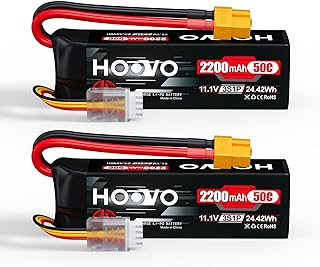I have a petrol mower with an electric-start engine. The electric start is powered by a small battery of similar size and design as you might find on an electric drill or other power tool, charged by a mains-powered charger, also very similar to a drill battery charger:
After a few years of faithful service, the battery has done what I always knew was going to happen and will no longer hold a charge. Unfortunately, it is no longer possible to buy a replacement battery.
It occurs to me that a might be able to jerry-rig an arrangement that allows it to start by using one of the many drill batteries that I already own.
The problem is that the drill batteries are 18 V - and the mower only needs 10.8 V. I have successfully “jump started” it with a 12 V car jump-starter, so 12 V is a reasonable target to aim for I think.
There is a Youtube Video of somebody successfully modifying his mower for an 18 V battery, by using a cheap buck convertor. He seemed to get away with it, in spite of not really considering the very high current flow that is needed for this application.
My thinking is that the 2 Ah battery will turn the engine for about 1 minute with a full charge, maybe 2 minutes at most. So I believe the current draw is between 36 and 72 A. I haven’t seen any buck convertor that will handle this kind of current.
Is there a cheap/easy way for me to step down 18 V to 12 V at this kind of current draw?
I know I can buy a holder for the battery, so ideally I would like to include all the components on the mower with the holder, so it can be used exactly as the original battery was. I.e. the components should also be able to withstand the harsh vibration etc. of being hot-glued/epoxied to a petrol mower.
EDIT: I never realised this would be such a challenge for this forum, will it help if I emphasise that the current draw will be for very short time periods so I wouldn't expect heat dissipation to be a factor.
Also, it doesn't have to be very efficient - if it wastes 50% of the energy in doing the conversion, this is not really an issue.


